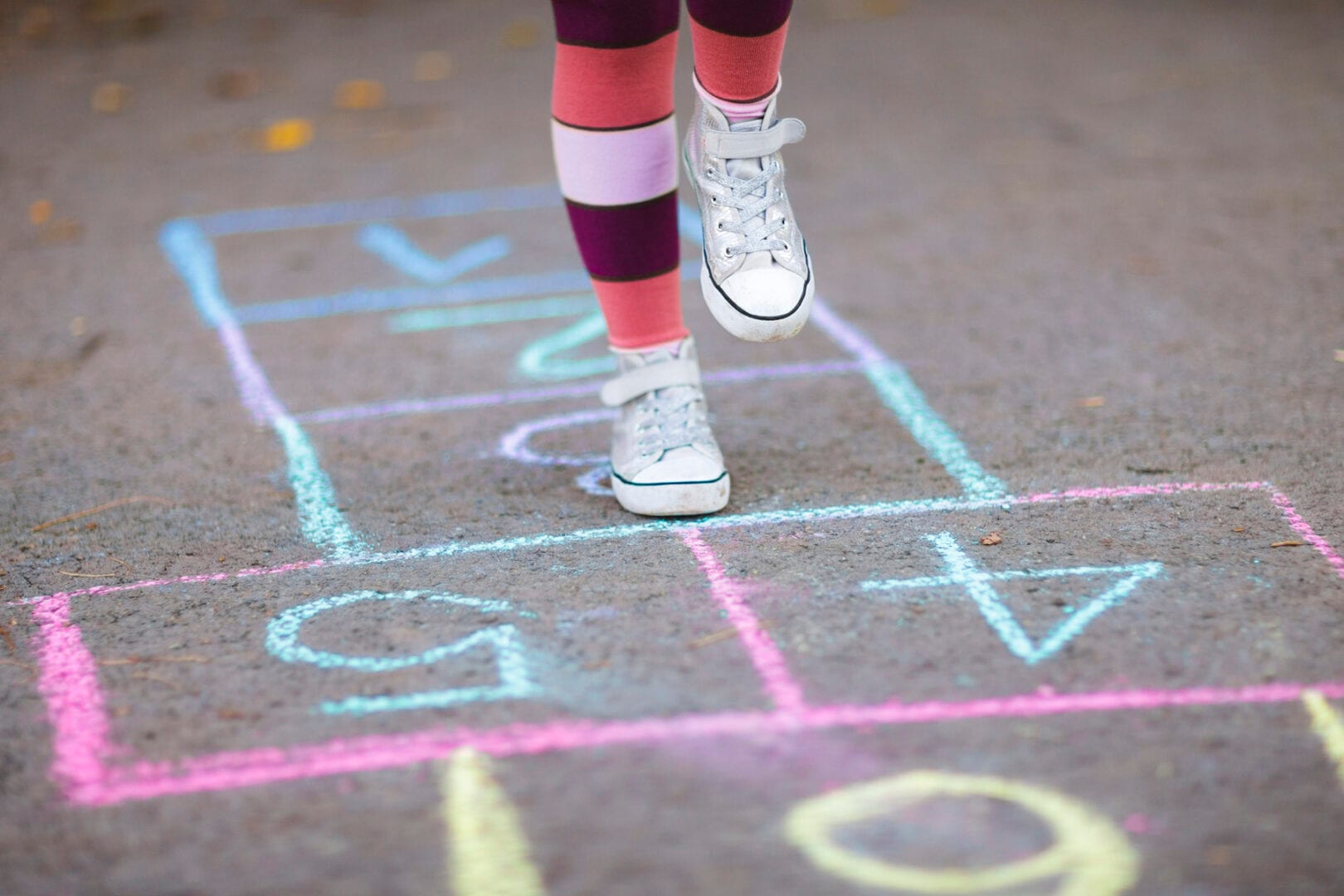If you have squirmy children on your hands, playing movement games can help get out their wiggles and provide the entertainment they’re looking for. Movement activities and games aren’t just fun though; they also help the development of their motor skills.
“Play is the best way to help develop young children’s large motor skills,” says play advocate Meryl Neiman, a co-founder of Playdate Planet. “Once they can understand basic rules, children enjoy movement games, and they can be wonderful incentives for kids to get the physical activity their bodies need.” She adds, “For little ones, I recommend looking for low-key or non-competitive games.”
Physical games can do more than just get the blood pumping, as well. “When it comes to children under the age of 5, imagination is key,” says Mari Hughes, co-owner of The Little Gym. “Following a set of strict rules and instructions will not keep the game going very long. Instead, by giving them a chance to use their minds and create, they will build up their cognitive skills, their social skills as well as their confidence and leadership skills.”
With that in mind, here are eight fun and easy movement games for little kids:
1. Tag
Tag teaches your child how to capture things and navigate challenges using a little healthy competition, and there are many ways they can play. “You can try freeze tag and have children simply freeze in place until they are set free by the touch of another child,” suggests Neiman. “Improvise with fun variations like requiring tagged children to do a number of jumping jacks or spins before rejoining the game.”
2. Tape jumping
For this game, all you need is some tape! Lay out six to eight strips of tape on the ground about a foot apart. The object of the game is to see how far your little one can jump. Number the pieces of tape to help keep track. As they master jumping all the strips of tape, add more for difficulty.
3. Hopscotch
Hopscotch is a classic on school playgrounds, and is “great for working on everything from balance and spatial perception, to fine motor skills drawing the board [to] executive functioning in planning your next move,” says Neiman. Plus, it’s great practice for number recognition!
4. Puddle jump
You don’t need a rainy day to do some puddle jumping; all you need is a jump rope and some cups of water. In this game, two people swing an extra-long jump rope, and every other child holds two cups of water while they jump into the rope’s jump space. After five jumps, they exit. After each child takes a turn in the jump rope, the one with the most water left in their cup wins!
5. What Time Is It, Mr. Fox?
“To actively engage a 4- to 5-year-old for any length of time,” says Hughes, “they need to be involved in the creation and running of the game.” To play this game, the kids line up a good distance away from the player chosen to be Mr. Fox. The kids shout, “What time is it, Mr. Fox?” And “Mr. Fox” answers with a time of day. The kids then get to take that number of steps toward him.
Hughes, however, suggests a twist: “When the kids are called over, the parent (or Mr. Fox) can implement the use of imagination by saying things like ‘Take two elephant steps over,’ or ‘Take three steps like a mouse.’ Kids love to pretend to be animals.” The first player to pass Mr. Fox wins.
6. Rolling
Rolling your body across a surface isn’t only fun — it also helps with the development of your child’s brain and body coordination. Rolling horizontally helps assist in balance, linear movement, strength and understanding tactile space. Once your child has mastered turning over on a flat surface, take it outside and try rolling down a grass hill. The first one down the hill wins!
7. Tissue dance
This is a fun game that works on posture, body control, balance and concentration. Have everyone start by placing a tissue on their heads. When the music starts playing, everyone starts dancing. But be careful; don’t let the tissue fall off your head! If the tissue hits the ground, you’re out.
8. Obstacle course
Kids of all ages love to create. Hughes suggests giving them a bunch of big empty boxes, toilet paper rolls, paper towel rolls and markers, and sending them into a room to build an obstacle course. Step back and watch their problem-solving and planning skills soar. When they’re done, they can engage the tricks of the obstacle course they just created
Stephanie Glover is a freelance writer who lives outside of Philadelphia.






